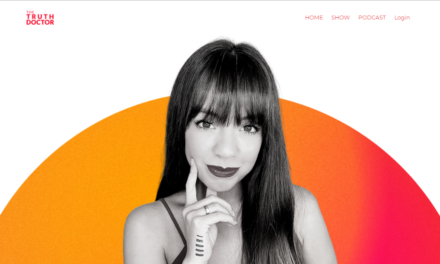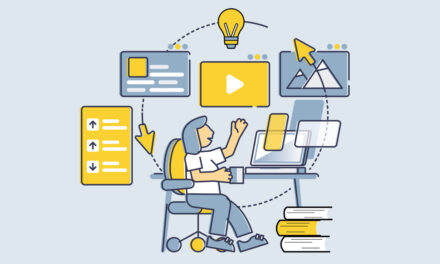When Cookie Monster (of Sesame Street fame) released his biggest hit C is for Cookie, he could never have imagined cookies would become something other than a sweet confection to gobble up.
But in 1992, cookies came along that tracked users as they traveled the internet, and the digital world was never the same. Now, this universe is undergoing a revolution as internet browsers, specifically Google Chrome and other major data collectors, put an end to third-party cookies.
As a content entrepreneur, you now have a sweeter chance to gobble up zero- and first-party data to grow and boost the value of your business (now and if/when you sell it). Here are five things you can do:
1. Know the party differences: When your audience volunteers their information, that’s zero-party data. For example, they answer questions on a subscription sign-up form. I like how Daasity explains it: “Think about zero-party data as conversational data: what would you learn (and what would you want to learn) from a customer if you were chatting with them about their background, opinions, and preferences?”
With first-party data, you collect information from people as they engage with your owned channels – website visitors, subscribers, customers, etc. You can track these people and learn their geographic location, interests, content journey, purchase history, etc.
2. Be transparent: Third-party cookies are going away in part because people don’t like to be tracked by anyone and everyone. So make sure to let your audience know what engaging digitally with your brand means (and in some parts of the world, that’s a mandate.)
Add a privacy policy that details the data you collect, how you use it, and how users can control their information. Make it visible on every page. Craft a sentence or two and link to the longer explanation. Get some professional help to craft a legally effective privacy policy. Here are some examples of big brands’ privacy policies.
Caveat: Don’t make a blanket promise that you’ll never sell their data – unless you really are prepared to never sell their data.
3. Give people a reason to give their data: A thirst for first-party data may tempt you to require people to sign up for all your content. Resist that thinking. Be selective when you opt to first ask people for their information.
Create a newsletter, an ebook, or special podcast episodes that provide unique information (or entertainment) that people are eager to sign up to receive.
4. Don’t abuse the data: Just because you have the data doesn’t mean you need to use it every and any way you can. Use it to learn more about your audience members and inform your content product planning and marketing. Personalize the content and other correspondence you send to them.
But don’t use your first-party database only as a source to which you can advertise and promote your business. For example, if you capture first-party data from an ebook signup, don’t send promotional emails daily until they buy or unsubscribe. Deliver something of value to the audience at regular intervals.
5. Make the connections: Zero- and first-party data often live in separate silos. To maximize their power, you can connect the dots and develop more robust profiles of their activity, demographics, interests, etc. If you operate a big content business with a large audience, consider investing in a customer data platform (CDP) or customer relationship management (CRM).
If you don’t have the resources to use a big platform, look at your database provider’s tools. It might provide reports that could cross-check a subscriber’s engagement activity against the multiple content products you distribute. If your data doesn’t live in the same place, you could compare spreadsheets, sorting the data to understand which subscribers signed up for multiple things, how often they open your emails, etc.
You also can use your database on external sites for advertising purposes. Social platforms allow you to upload your data, combine it with theirs, and create lookalike audiences to target.
And after you do all those five things, sit back and eat a cookie. You deserve it!
About the author
Ann regularly combines words and strategy for B2B, B2C, and nonprofits, continuing to live up to her high school nickname, Editor Ann. An IABC Communicator of the Year and founder of G Force Communication, Ann coaches and trains professionals in all things content. Connect with her on LinkedIn and Twitter.










